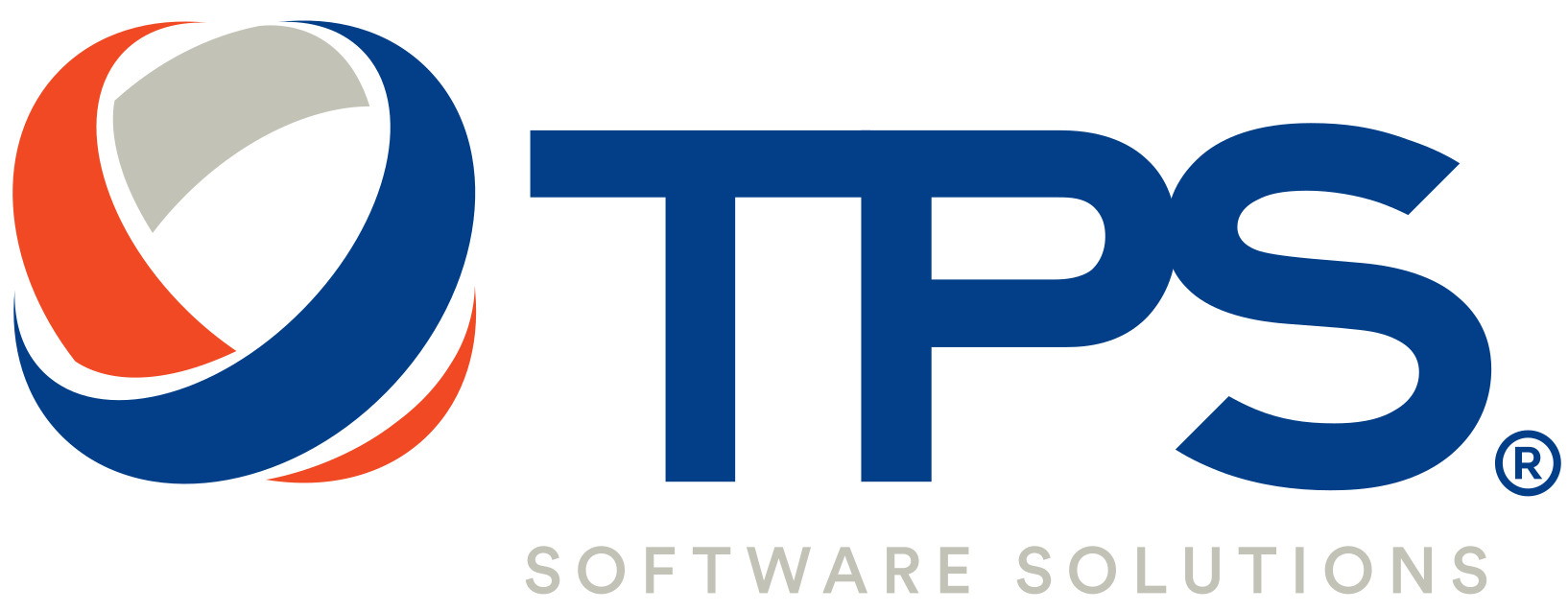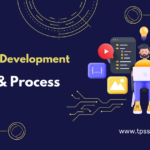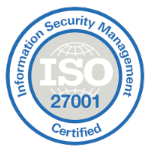Why do you need a process when developing your software ?
The creation of software products is not an area where you should take chances. In order to ensure that you don’t make any mistakes along the road from having an idea to releasing a finished product, you must adhere to a strict, step-by-step process. A software project can’t get off the ground without this blueprint. While specific steps may differ from supplier to supplier, being organized is always a good idea before launching a new project. In this article, we will walk you through 7 important stages of software development process that are mostly applied in the world.
07 Stages in Software Development Process

1. Analysis and Planning
Following a request from a customer or other stakeholder, the first stage of the process is planning. To do so, most people investigate:
- What is the relationship between this initiative and the overarching objectives of the company?
- Do you have the manpower and equipment necessary to complete this task? Are in-house resources sufficient, or must programming be contracted out?
- When compared to other initiatives, how does this one fit into the overall scheme of things at your company?
- Projection of Expenses: What is the estimated price?
- The planning stage is essential to getting off to a successful start. To that end, it’s important to include not only the project managers and developers, but also the operations and security teams and any other stakeholders who stand to benefit from the project’s completion.
At the conclusion of the planning process, you should have enough data to create a thorough scope of work (SOW). What is being constructed, why, and how are all laid out in this plan.
2. Requirements
Identifying the technical needs of the project is the next phase. Everything in the software or technology stack that is required to address a client issue, whether it is a fintech application, a website refresh, or a new feature.
Asking yourself and your IT Partner, if you’re taking the outsourcing route, the following questions as you fill out the SOW and go on with the project’s planning is essential.
- For what issue does this provide a solution?
- How and why will it be used?
- Can you describe the necessary input/output formats for data?
- Is there a requirement to connect to third-party services or APIs?
- The way you manage privacy and safety is crucial ?
The answers to these questions will help the development team choose which technologies to use and how to go about testing them. In this stage, you may also break down complex projects into smaller manageable parts, or begin sprint planning (if you’re using an Agile software development methodology).
3. Design and Prototyping
After gathering all the necessary information, the next step is to begin planning the appearance and feel of the program.
This stage of the software development process might include anything from making basic wireframes to demonstrate how interactions will be included to making more fully-fledged prototypes to test with users. To the contrary, you may determine that you need further user input and hence organize a design sprint to rapidly introduce a product or idea to your target audience for feedback.
Before committing ideas to code, this phase lets your team and client verify them and gain useful feedback.
4. Software Development
Now that the software’s planned features and layout have been approved by all parties involved, development may begin in accordance with the SOW and specifications. This is without question the most challenging and possibly risky step of the whole process (and each software development method we’ll describe below deals with it in its own unique way). The aim is to stay on track with the Statement of Work (SOW), avoid straying from the SOW, and produce clean, efficient software, regardless of whether you’re working in Agile sprints, developing a minimum viable product (MVP), or using the more conventional waterfall approach.
5. Testing
As your team creates the software, they will be likely responsible for testing, monitoring, and fixing bugs. Once the features are locked down and the product is pronounced ready to launch, however, more testing will be required. Giving the effect to a select set of beta testers or monitoring user interaction with it using UX tools are two options.
Although software testing is a time-consuming part of the software development process, it is essential to ensuring that no buggy products are released to paying customers. As we described in our introduction to bug tracking tools and procedures, bugs may have far-reaching consequences, including damage to your company’s image, financial losses, and, worst of all, hours of development time that might have been spent on new features.
6. Deployment
After all the hard work and coding is done, it’s time to release the program to the public. What we’re talking about here is the process of releasing your code to the public. A go-to-market plan is the brainchild of and the responsibility of your sales and marketing team.
7. Maintenance and Updates
After your program goes live, the process doesn’t end. When one stage concludes, another begins, and the same holds true for the post-launch period.
Wants and needs of consumers are always evolving. When people start using your product, they will inevitably run across problems, request missing features, and discover ways in which they might improve its functioning. (Not to mention regular software and application maintenance to guarantee availability and satisfied clients.)
Send all such requests straight back to your product backlog of tasks so you can prioritize them and include them into your product plan.

Do you need an outsourcing company working along in the whole process or just your in-house team ?
The answer is why not !!
Outsourcing of software development has expanded rapidly during the last couple decades. About two-thirds of businesses today contract out for software development outsourcing companies.
Some of the many advantages of outsourcing software development include lower overall costs and higher overall product quality. When you outsource software development, your in-house technical staff are freed up to concentrate on higher-value tasks, including driving business expansion and product improvement.
While 64% of businesses outsource some part of their development process like software architecture, software testing, etc.. some organizations may choose to outsource the whole thing.
It’s quite picky to choose the right outsourcing services. But, we – TPS Software provide end-to-end fully cycle software solutions for small, medium or large sized business entities all over the world.
So if your business needs a trusted software development partner, you have come to the right place. With the expert team that coordinates consistently into your projects, we are dedicated to serve our customers with cost-effective, high quality & reliable to ensure scalable architecture, tangible design and finally a successful product.














